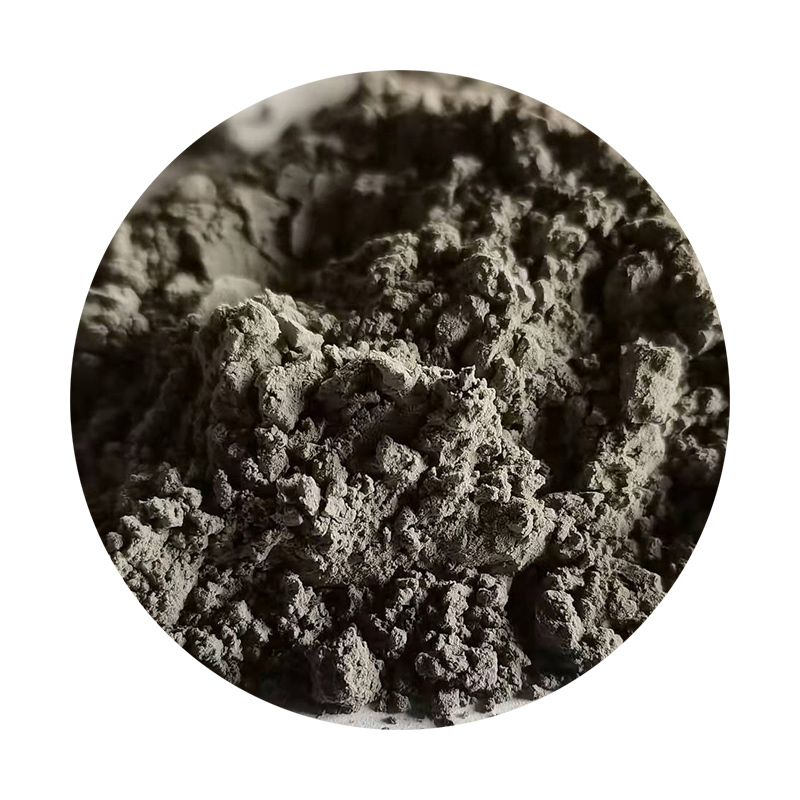Materials Used for Sand Casting
Sand casting is one of the oldest and most widely used manufacturing processes due to its versatility and relatively low cost. It involves creating a mold from a mixture of sand and a binding agent to form the desired shape of a metal object. The choice of materials is crucial for ensuring high-quality casting and process efficiency. This article outlines the primary materials used in sand casting and their significance.
1. Sand
The primary material in sand casting is, unsurprisingly, sand. The most commonly used type is silica sand, known for its excellent thermal stability and ability to withstand high temperatures. Silica sand grains are typically spherical, which aids in the flowability and compaction of the sand mix. In some specific applications, other sands such as chromite sand or zircon sand may be employed due to their unique properties, like lower thermal expansion or enhanced resistance to slag.
2. Binders
Binders are critical in sand casting as they hold the sand grains together, forming a cohesive mold. The most commonly used binder is clay, particularly bentonite, which has excellent bonding properties. Water is often mixed with clay to enhance its binding capabilities. In addition, chemical binders like phenolic urethane resins are becoming increasingly popular, especially in processes that require more precise molds and fewer defects.
3. Additives
materials used for sand casting

To improve the properties of the sand mix, various additives are used. These can include rust inhibitors, anti-bumping agents, and surfactants. Each additive serves a specific purpose, such as enhancing mold strength, improving surface finish, or controlling the moisture content in the sand mix. The right combination of additives can significantly influence the quality of the final product.
In many sand casting operations, cores are used to create internal features of the casting. Cores are often made from a mixture of sand and binders similar to those used in the mold. The choice of core material depends on factors such as the required durability and complexity of the internal cavities.
5. Metals
Finally, the choice of metal to be cast is crucial. Common metals used in sand casting include aluminum, bronze, cast iron, and steel. Each metal has specific melting points and chemical properties that influence the casting process and the final product's characteristics.
In summary, the materials used for sand casting, from sand and binders to additives and core materials, play a vital role in defining the quality and efficiency of the casting process. As technology advances, innovations in materials are continuously improving the sand casting process, making it a preferred choice in various industrial applications.
Post time:Ное . 02, 2024 02:03
Next:Siêu cát ma thuật
